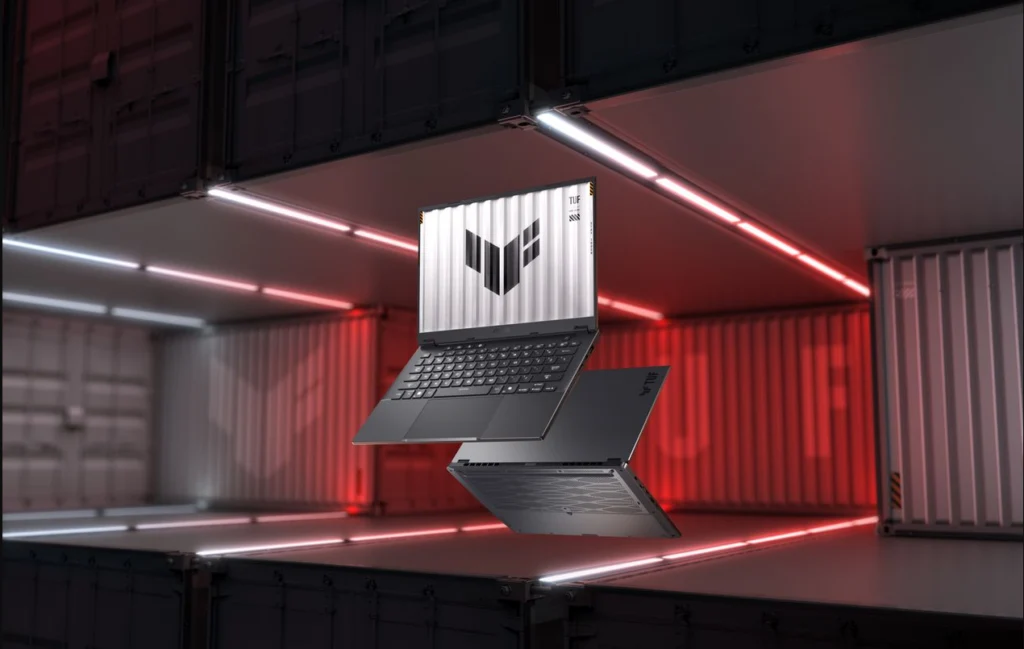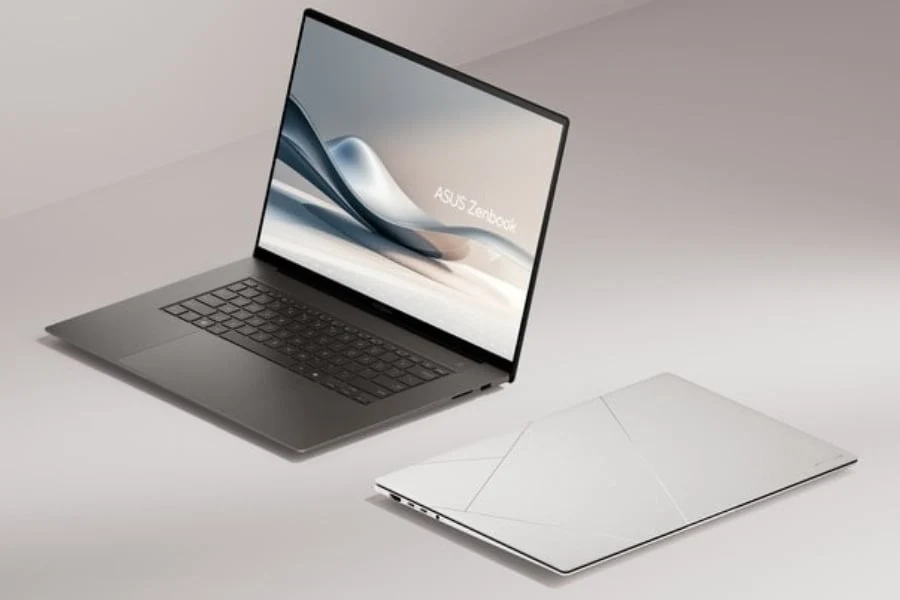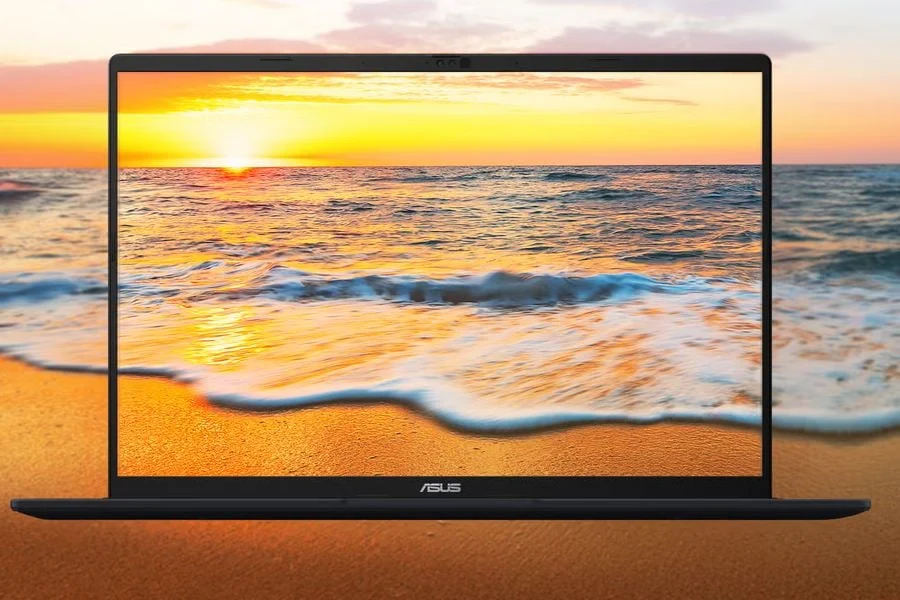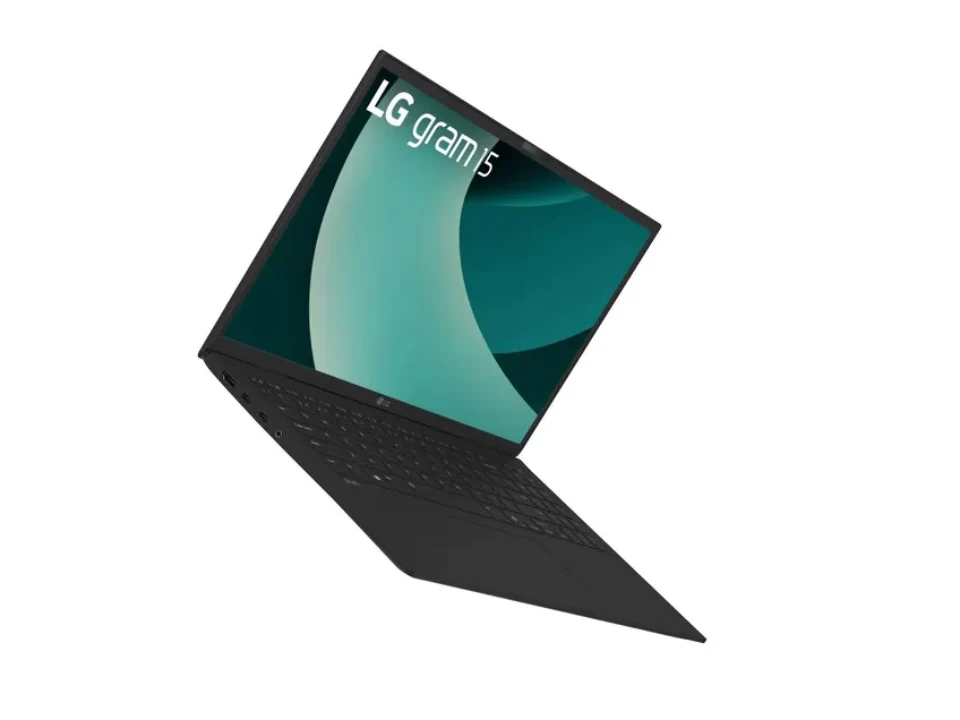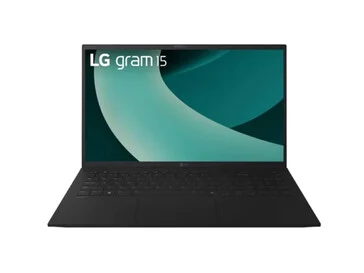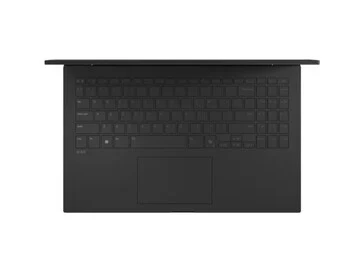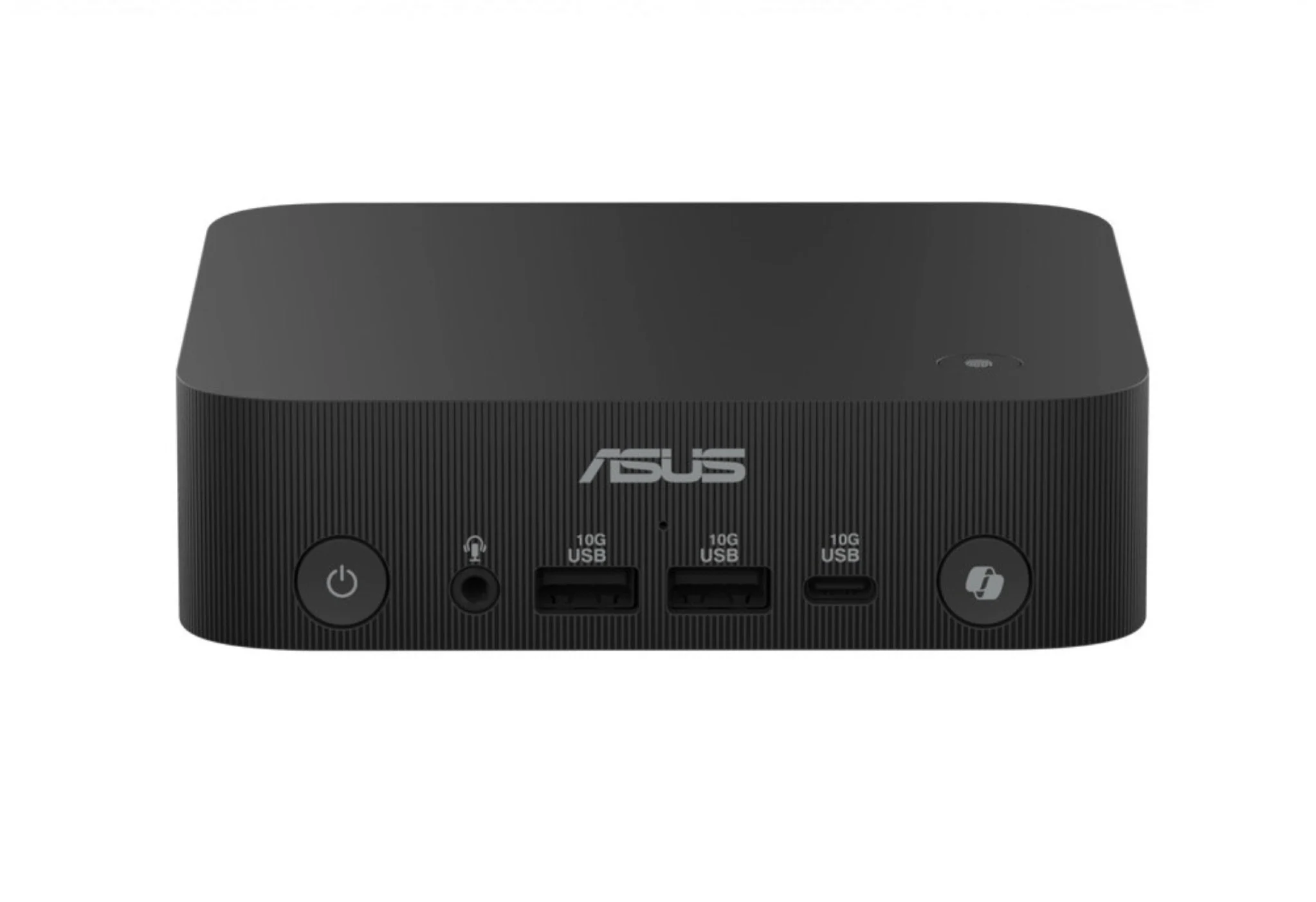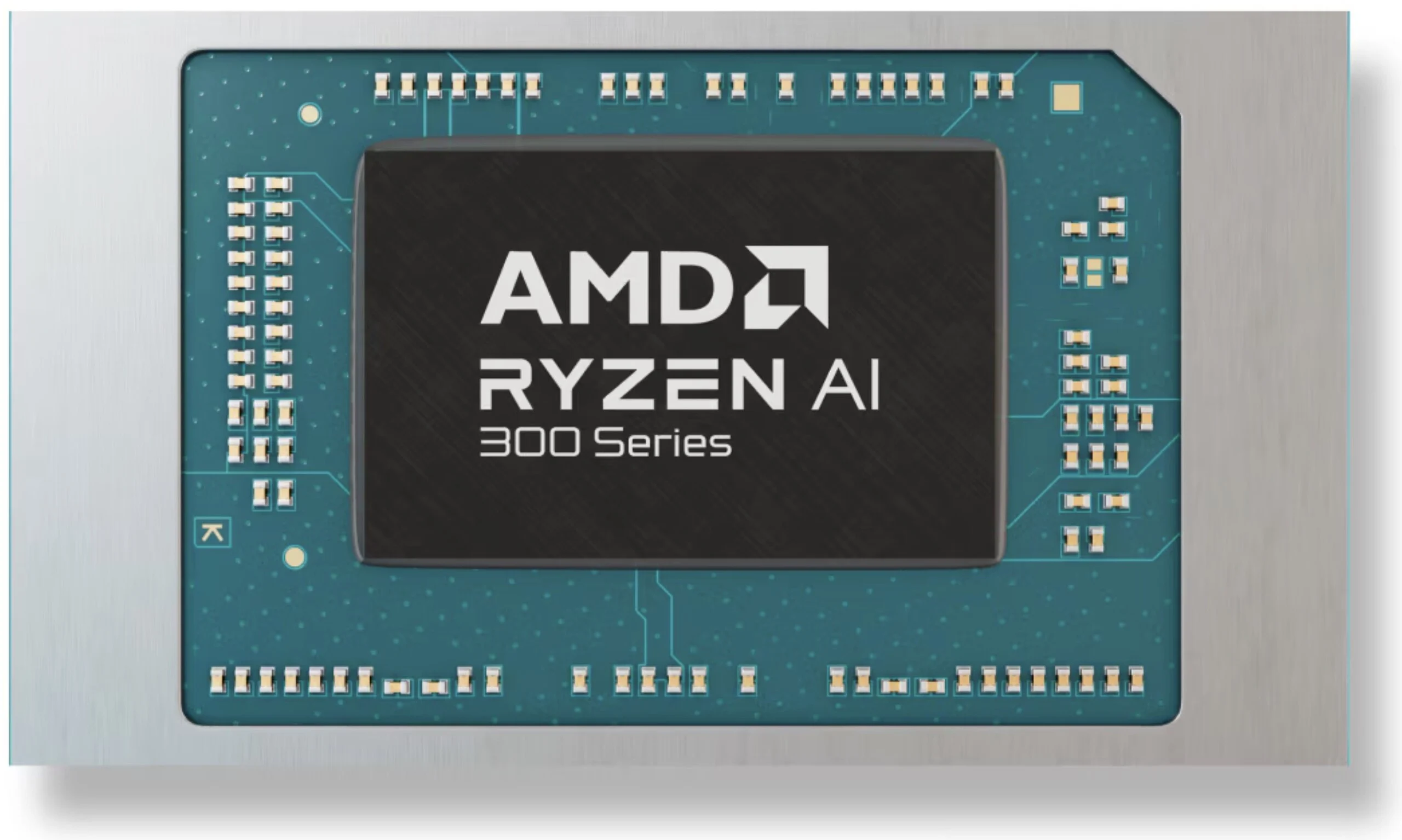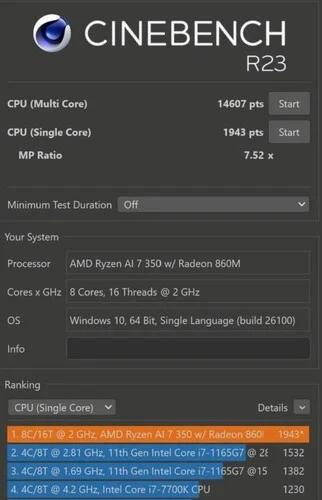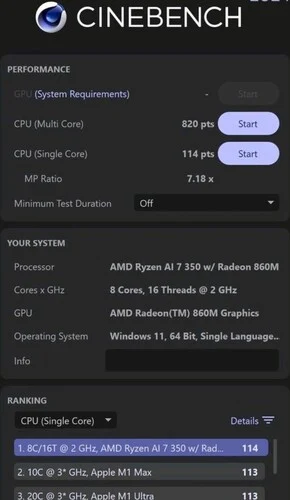Key Takeaways
1. Powerful Performance: The ASUS TUF Gaming A14 features an AMD Ryzen AI 7 350 processor and NVIDIA GeForce RTX 5060 GPU, ensuring high performance for gaming and content creation.
2. Compact Design: Weighing 1.46kg and measuring 1.69cm thick, the A14 is designed for portability, making it ideal for gamers and creators on the go.
3. High-Quality Display: The laptop has a 14-inch 2.5K resolution screen with a 165Hz refresh rate, 100% sRGB coverage, and G-SYNC compatibility for an immersive visual experience.
4. Extensive Connectivity: The A14 offers multiple connectivity options, including USB4, HDMI 2.1, and WiFi 6E, enhancing versatility for various devices and setups.
5. Robust Memory and Storage: It supports up to 32GB LPDDR5X RAM and dual M.2 SSD slots for a total of 2TB PCIe 4.0 storage, providing ample space and speed for applications and games.
ASUS has just launched the latest TUF Gaming A14, a small 14-inch gaming laptop that is driven by AMD’s newest Ryzen AI 7 350 processor and the NVIDIA GeForce RTX 5060 Laptop GPU. With a weight of only 1.46kg and a thickness of 1.69cm, this laptop is perfect for gamers and creators who require performance on the go.
Impressive Processor and GPU
The AMD Ryzen AI 7 350 features 8 cores, 16 threads, and includes an NPU that delivers up to 50 TOPS AI performance. This enables functions such as hand gesture control, gaze correction, and on-device tools like Windows Copilot, all with reduced latency and power consumption. Combined with the RTX 5060 GPU, which can reach up to 110W TGP in Manual Mode, the A14 supports DLSS 4, real-time ray tracing, and sophisticated AI enhancements such as Multi Frame Generation and Ray Reconstruction.
Stunning Display and Memory
This 14-inch screen boasts a 2.5K (2560 x 1600) resolution, a refresh rate of 165Hz, 100% sRGB coverage, a brightness of 400 nits, and G-SYNC compatibility. The laptop comes with a maximum of 32GB LPDDR5X RAM and has dual M.2 SSD slots that can support up to 2TB of PCIe 4.0 storage. For audio, it features Dolby Atmos with Hi-Res Audio and AI noise cancellation technology.
Connectivity and Battery Life
In terms of connectivity options, the A14 has USB4, USB-C with DisplayPort and Power Delivery, HDMI 2.1, two USB-A ports, a microSD UHS-II reader, and WiFi 6E support. A 73Wh battery powers the laptop. Information regarding pricing and availability in various regions will be disclosed at a later time.
Source:
Link

